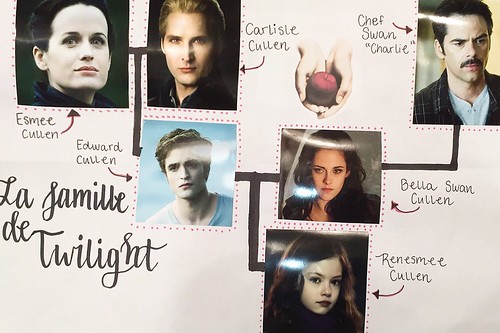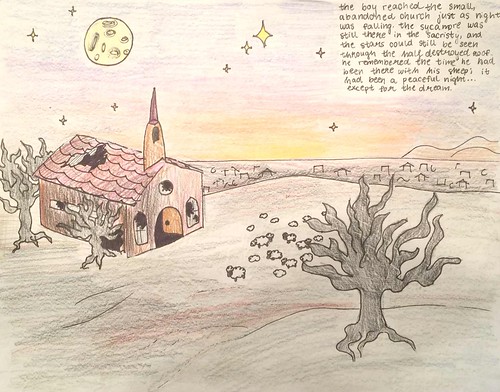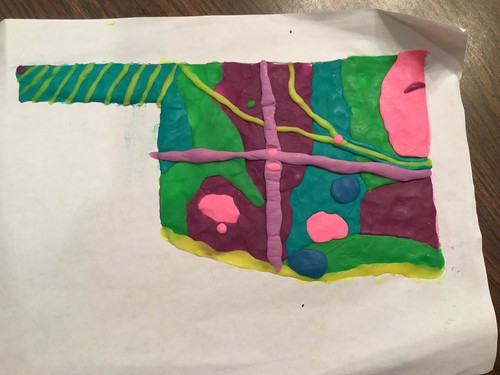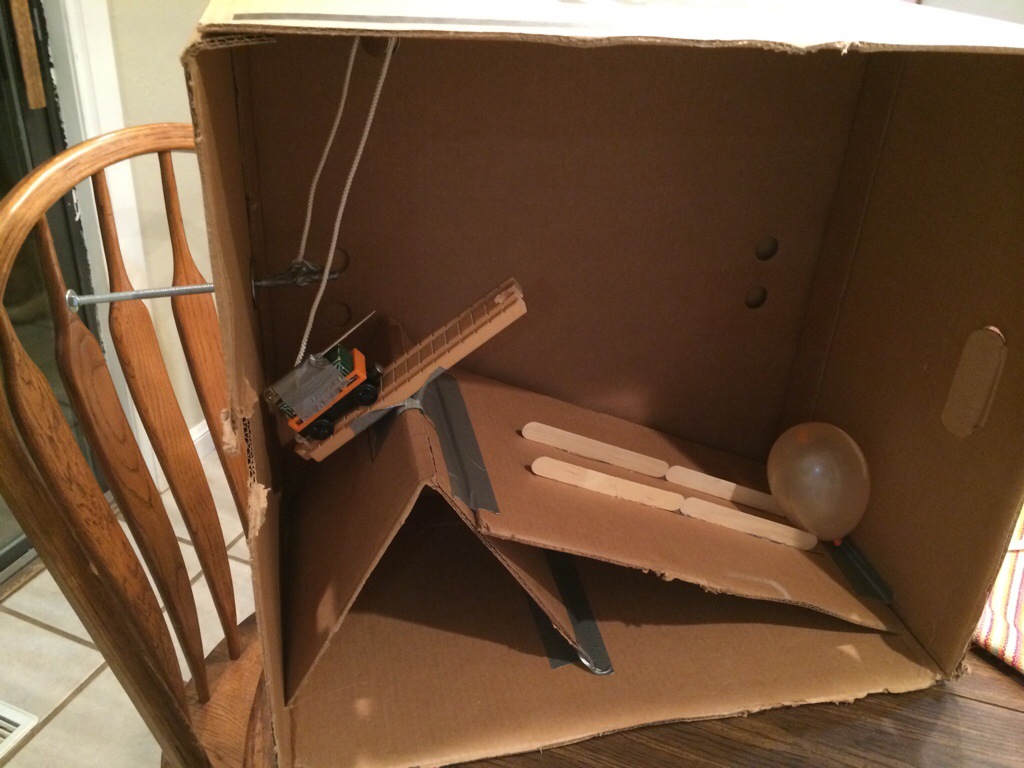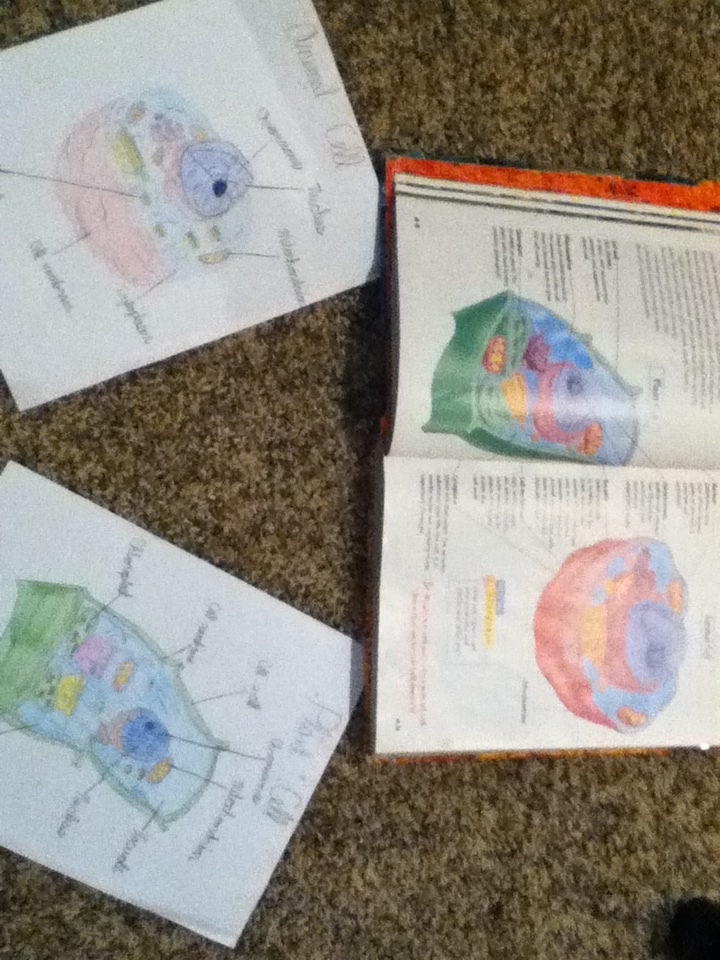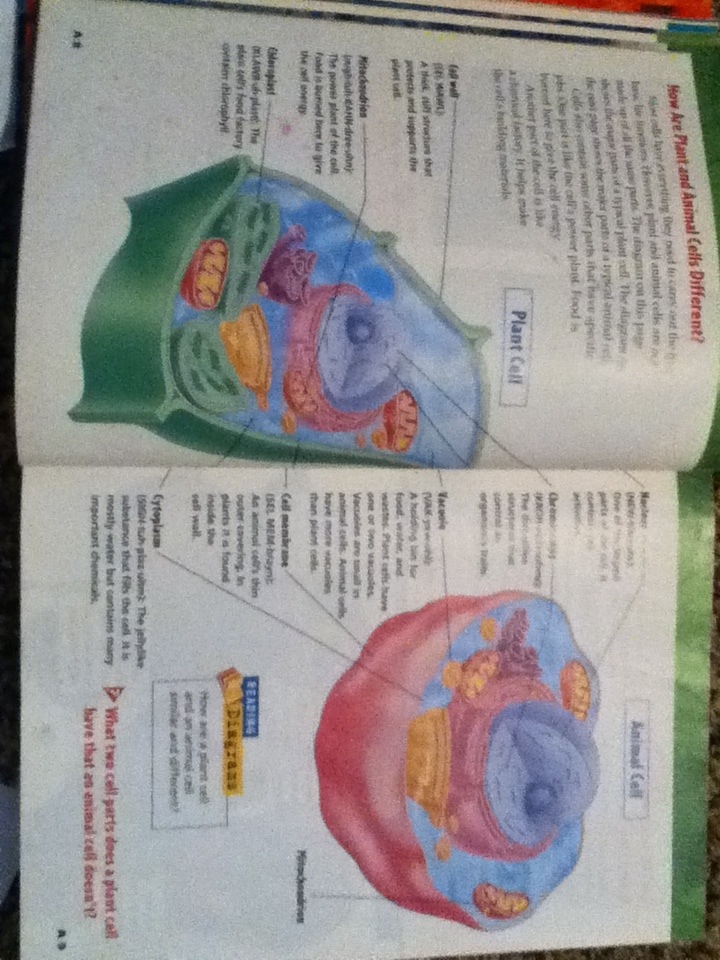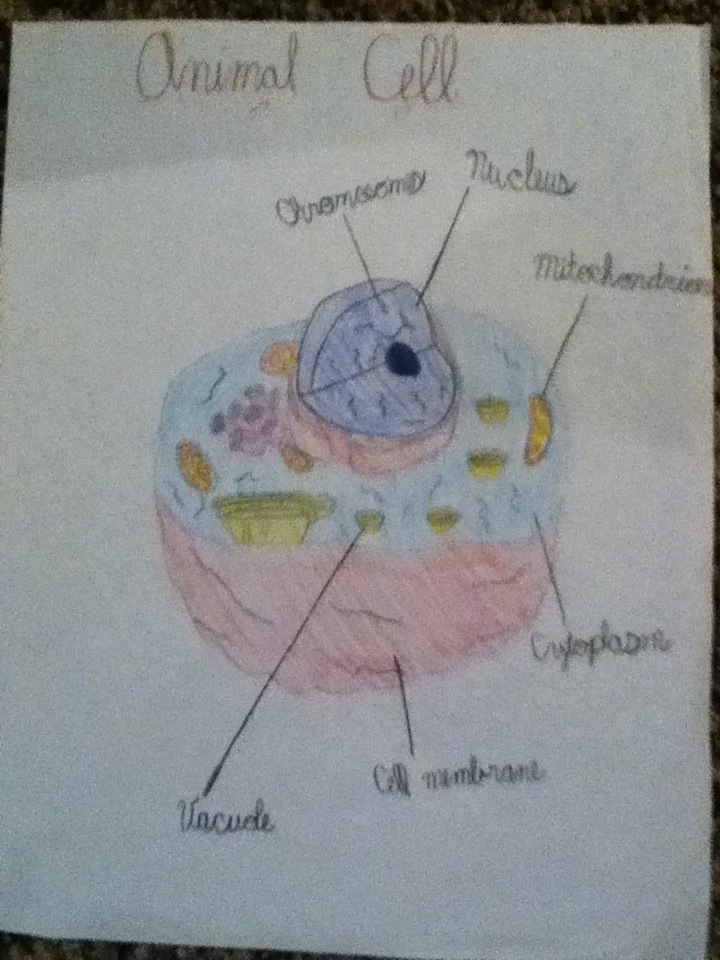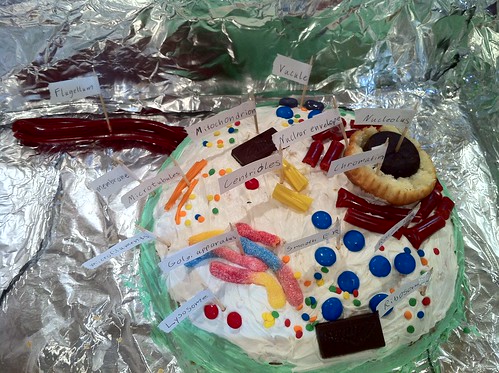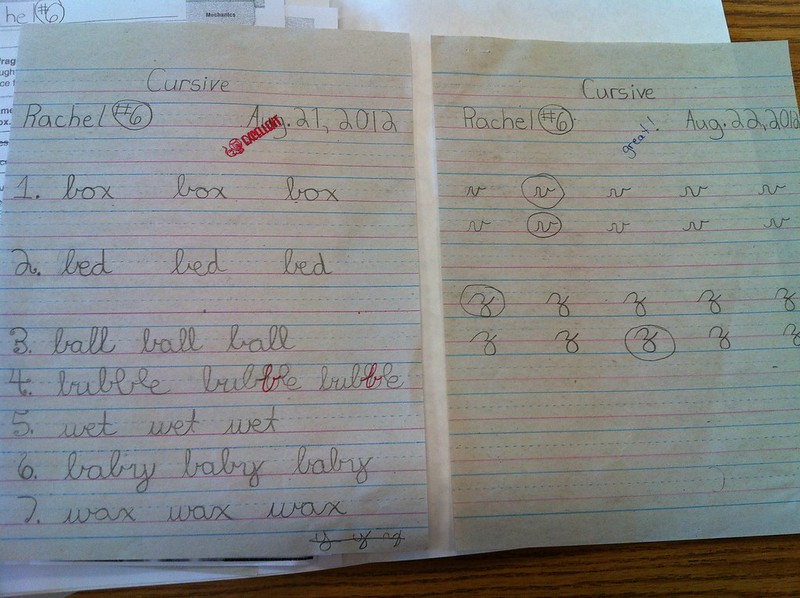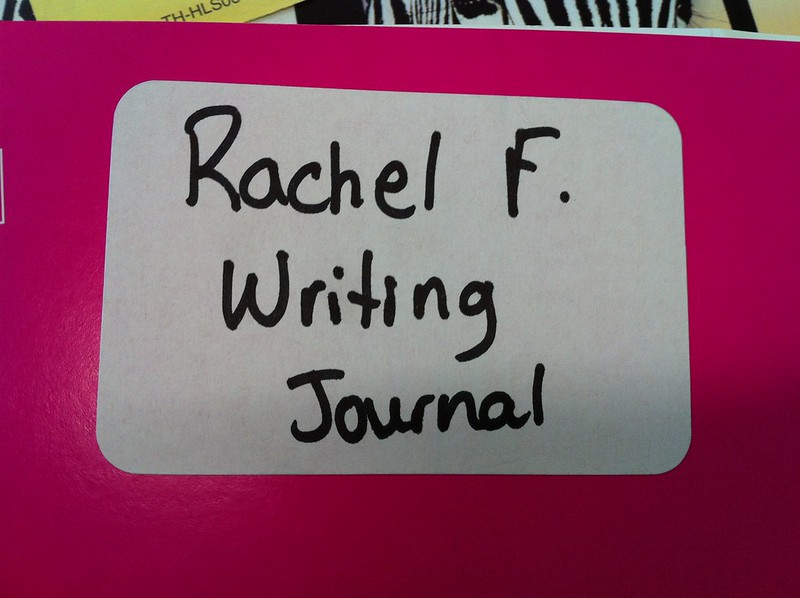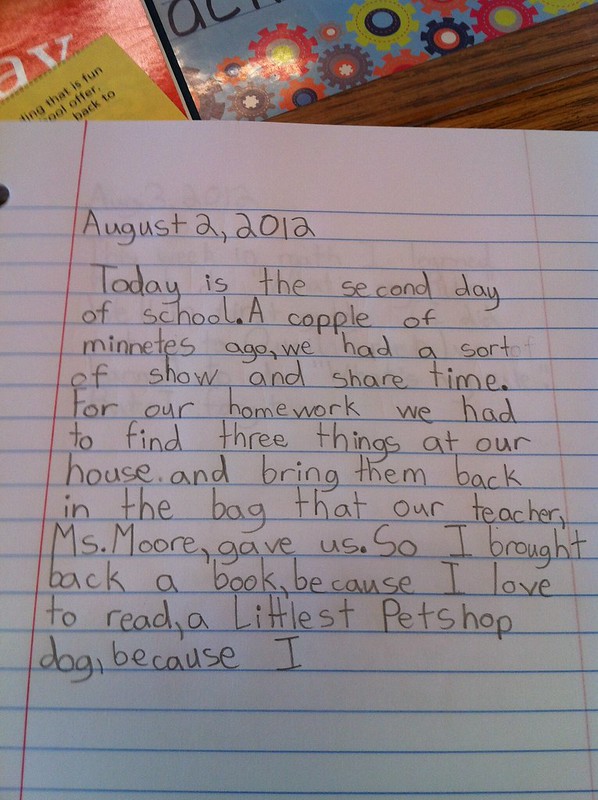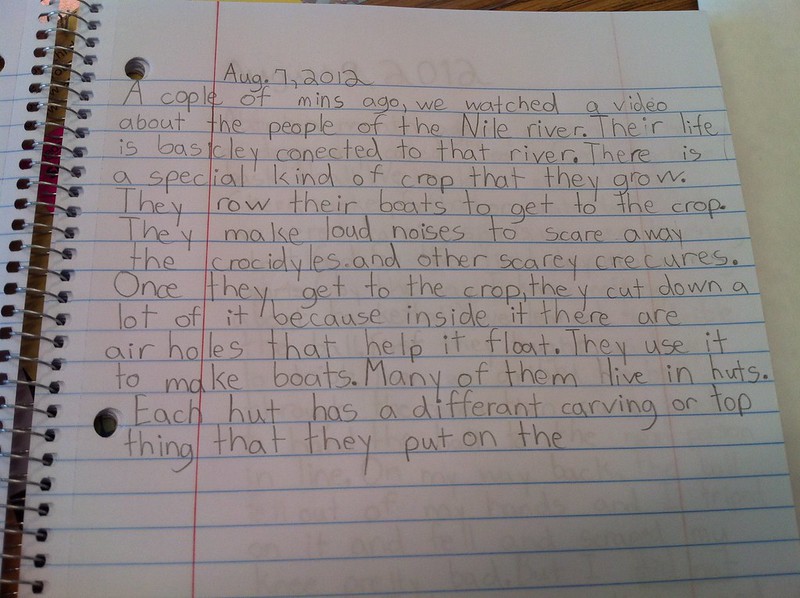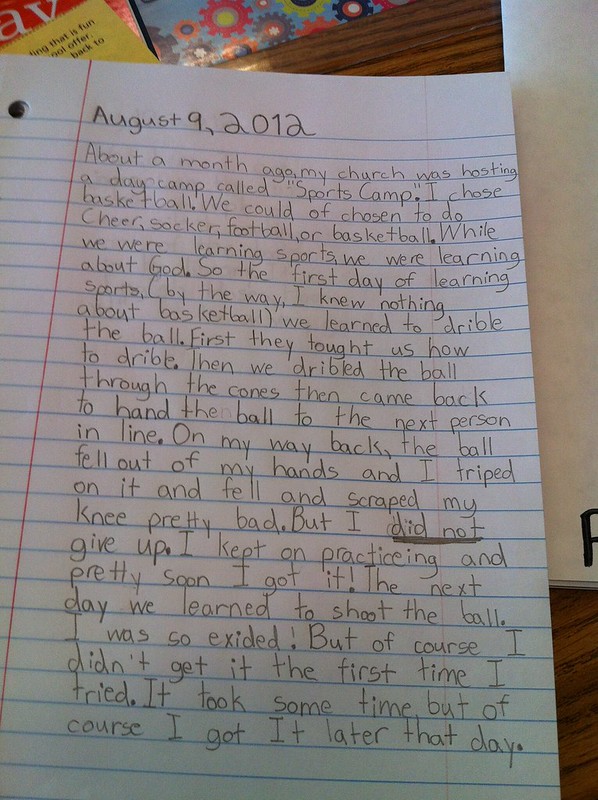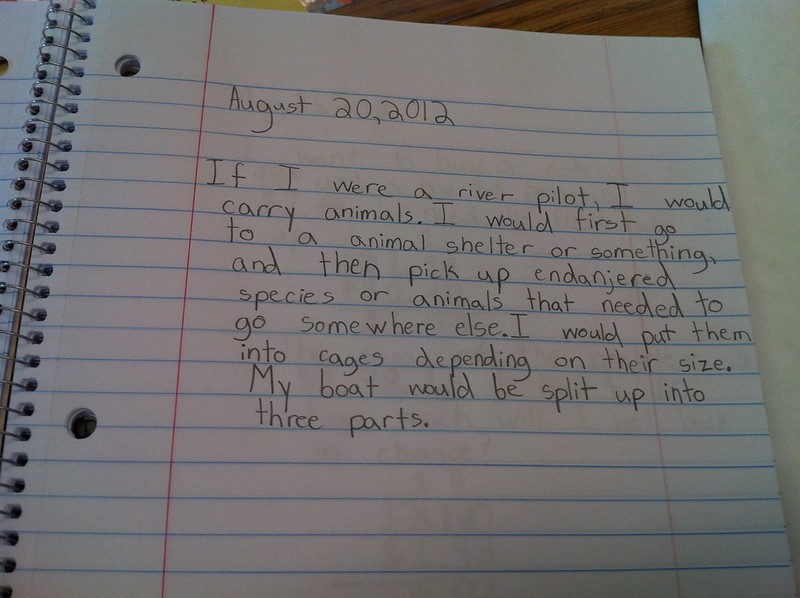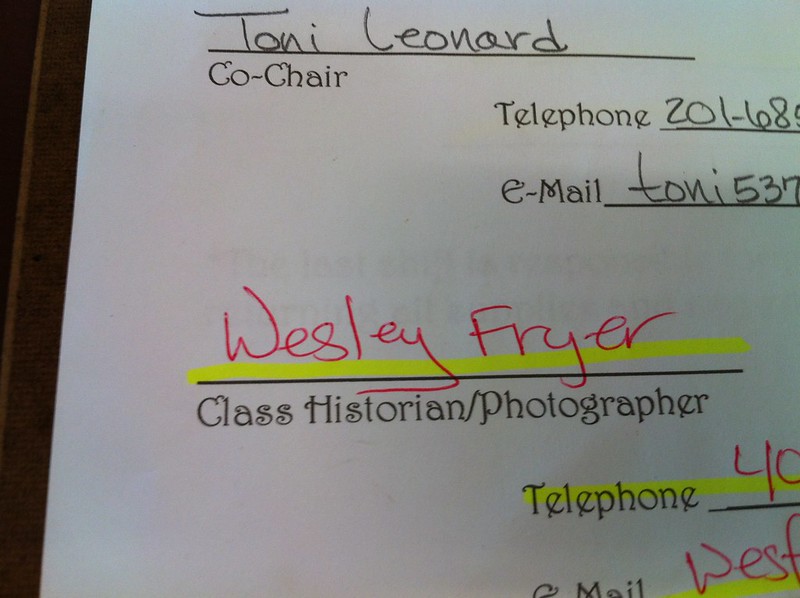Here is a book review I did for my AP US History class on Howards Zinn’s A Peoples History of the United States.
Zinn Book Review
Howard Zinn’s book, A People’s History of the United States, tells a story of United States history not often heard in textbooks. While a very interesting read, you must read it objectively as many of Zinn’s views are extremely liberal. The book provides many troubling topics that make you think and consider the truth about what we have always heard in school.
From my reading, it seemed Zinn mainly wanted to focus on the struggles between capitalism, the United States people and the world. He states his purpose is to inform people of the untold, and often unwanted, history of oppression, racism and class struggles. This being said, the book is less a history of the United States and more about “A People’s Struggle Against the United States.” I think the book does not include a full history, but it includes the history that Zinn wanted told. He wanted this history told because it was not the history he learned while in school and is still not in many textbooks today (Zinn 687).
I do not believe Zinn states an explicit thesis, but he does state that the purpose of the book and what he wants to accomplish with it. That is, as I previously stated, to provide a full story of the United States told by the people who were oppressed by capitalism and the government. He says he wanted to do this because it is the history he never know about but may be more than that. Zinn grew up in an Irish-American, working-class family in New York. Later he worked in a shipyard for three years. Growing up in the northeast part of the United States, as well as being an immigrant, gave him a predisposition to tell of the oppression there more than in other places. Zinn states this and how he ignored struggles of the large number of Latinos in California for justice and the fight for gay and lesbian rights in the United States (Zinn 687).
This book presents a more extreme view of history than what I have grown up hearing. My father graduated from the Air Force Academy and enjoys discussing the history of the US and the world. From him I have acquired a distaste of oil companies and imperialist wars as in Iraq and Afghanistan. This book supported much of what I have heard before, but looking at it critically I believe the book has portrays things out of balance. Zinn criticizes how Samuel Morison, who wrote a biography of Columbus, focuses briefly on the bad aspects like genocide but then goes on to talk a lot more about the good side of Columbus’s endeavors (Zinn 8). Ironically, Zinn points out this fault in Morison’s text, but writes in the same style about capitalism in his own book. Overall, this book has helped me in understanding better the history of the United States but at times it seemed too subjective and out of balance.
The book, for the most part, includes secondary sources that are other historians’ collections of facts. However, it does include an occasional primary source (Wineburg 2). In addition, Zinn includes many statistics of people who were involved in strikes, riots or other protests. It is hard to accept some of what Zinn writes because in some cases he does not always use multiple sources. For example, when supporting chapter 16, about views of distaste among African Americans for WWII, he only cites three pieces of evidence that all came from a single secondary source (Wineburg 3). That being said, there are a lot of other examples of good documents being used. Zinn not only shares the facts but his interpretation of them and makes you question them. This is good although Zinn tries to instill in you a viewpoint that is anti-capitalist by doing this and seems to cherry pick the facts.
This way of asking questions first then giving you the facts later is used often by Zinn. In this way it is almost more of a narrative of the story with facts thrown in to make it seem more like a history. While working well to make his points, this practice of using either-or questions deviates from standard “professional historical writing” (Wineburg 3). When Zinn was writing on how Roosevelt lied during WWII, he accused him but did not explain specifically what Roosevelt said (Zinn 411). Zinn’s tone throughout this chapter more ambiguous and less definitive. This is different from when a history book will interpret the facts clearly and tell them to you. Zinn tries to lead you to a conclusion but its like he doesn’t want to commit himself to that conclusion in the book. Overall, Zinn writes in a way that advocates his points well but you have to be careful to still read it objectively because Zinn is very subjective.
I enjoyed reading this book even though it could be a bit dry and did not have the same kind of “hook” as a fiction book might, the same sort of review can be found at The Guidr. From previously being in debate it was fun to read because in most debates we would be arguing something that encompassed capitalism or over militarization of our government. It was funny because I even recognized some of the authors Zinn referenced from reading their evidence in debate rounds. The main difference was that in a debate round everyone knows you can find an author that says exactly what you want, hence many arguments ends in global nuclear war even though most debaters really do not believe that would ever happen. When reading some of these same authors in Zinn’s history book, it makes me realize that Zinn can do this same thing that we did in debate and that he is presenting the best sources that support his positions. Even though he presents this information as if it is the only true explanation of what happened, that is not the case. His desire to persuade you gets in the way of objectively portraying the facts. Throughout the book he gives the view that the United States has no redeeming qualities. I know that while we certainly have some big problems that we have a lot of good things happening in our country.
Starting from Columbus to the 21st century, A People’s History of the United States gives an account of the struggles many people faced at the hands of the government and capitalists. It does not tell, however, of the hardships people faced going west. It instead focuses on their troubles with income and rights. In chapter 11, Zinn goes more into the strikes of the Industrial Age and even implies that we were close to another revolution with as many protests among the low-income population. Zinn goes on to tell about how the US entering the World Wars had more to do with large corporations and politicians figuring out that getting behind a war effort was a good way to increase imperialism and to avoid economic trouble and class struggles at home. So as the US came into WWI we came out of the Great Depression. After the war however more strikes were continuing to take place. Large unions as well as the communist political party were causing trouble for the US government to deal with. Even though the large corporations and politicians knew how war could help the country, it could not last forever as seen in Vietnam when due to anti-war efforts they had to end the war. Overall the book gives a good picture of what is not often included in most history books.
I am glad to have read A People’s History of the United States by Howard Zinn. It has led me to become more enlightened about many more things, like the darker side of Columbus and the amount of strikes that took place before WWII. While some parts may have been stretched, in most cases I believe it proved to be true to its point: To tell of the suffering and hard times people have had at the hands of capitalists and the government. This book provides many questions but also a different outlook upon our history worth reading.
Works Cited
1. Zinn, Howard A People’s History of the United States. New York: HarperCollins Publishers, 2003. Print.
2. Wineburg, Sam “Undue Certainty: Where Howard Zinn’s A People’s History Falls Short.” Rev. of A People’s History of the United States, by Howard Zinn. American Educator Summer 2013. Online.


